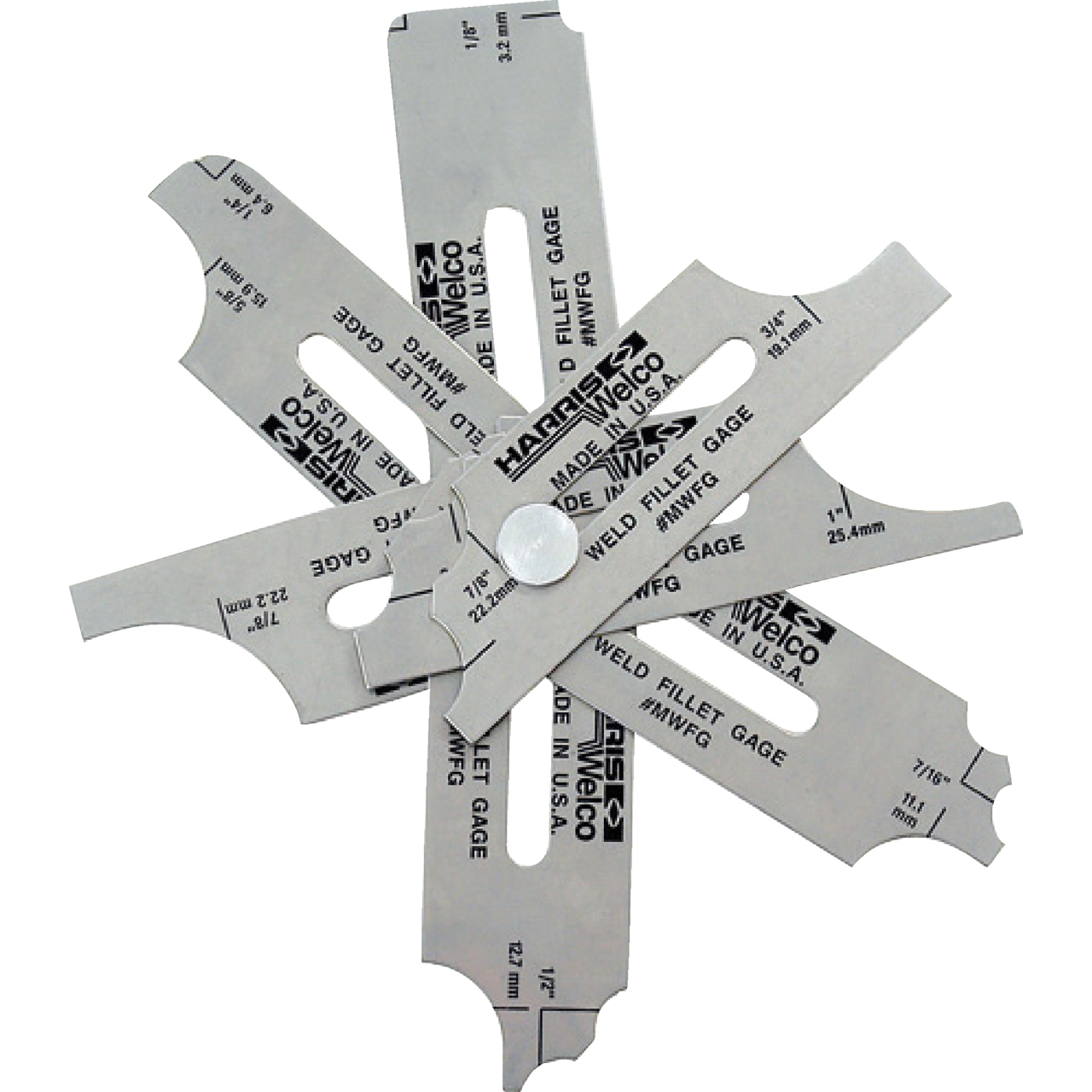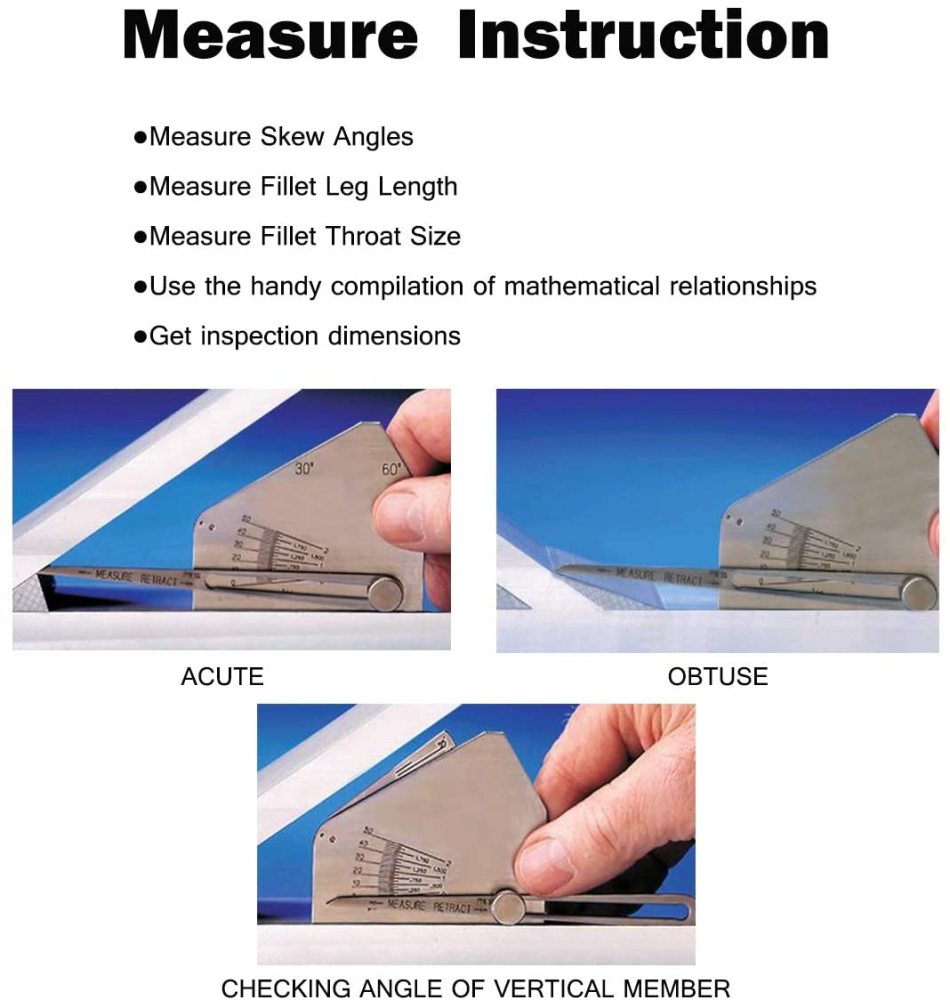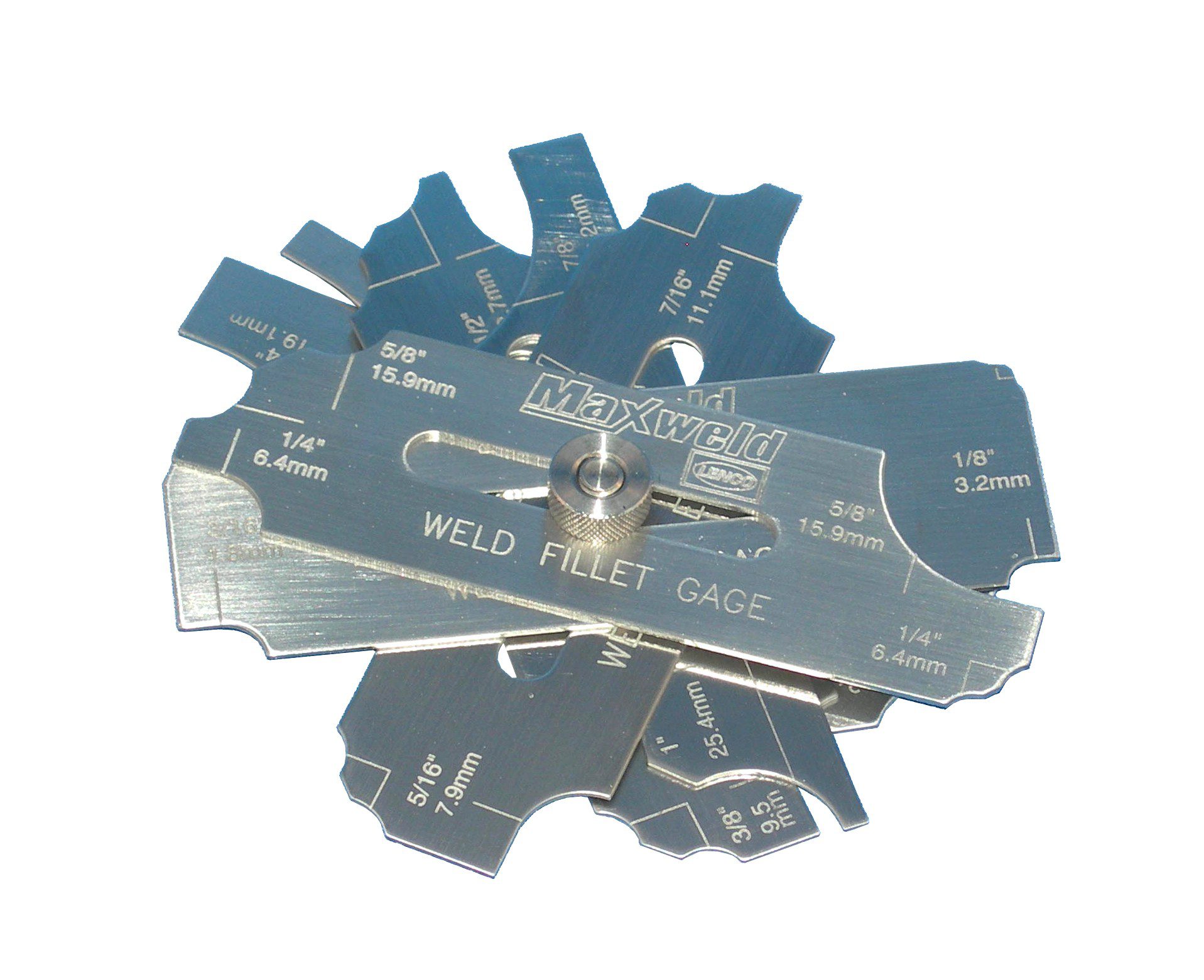Exploring the Benefits of Fillet Welding in Manufacture: Economical Solutions for Diverse Industries
In the realm of construction, the utilization of fillet welding offers a compelling recommendation for industries seeking cost-efficient options without endangering structural honesty. The advantages of fillet welding prolong past mere economic savings to include boosted structural effectiveness, convenience throughout varied commercial applications, and the assurance of exceptional toughness and toughness. As we navigate with the practical benefits that fillet welding offers, a deeper understanding emerges of just how this welding technique can revolutionize construction procedures throughout various sectors.

Economical Option for Fabrication
Fillet welding serves as an economical solution in fabrication procedures, offering both effectiveness and longevity. This welding method entails signing up with 2 pieces of metal at an angle, forming a triangular cross-section. The simplicity of fillet welding makes it a prominent selection in numerous industries, including construction, auto, and production.
Among the crucial benefits of fillet welding is its capability to decrease material and labor costs. By using fillet welds as opposed to various other intricate joint layouts, suppliers can save cash on materials and manufacturing time. In addition, fillet welding needs very little prep work compared to various other welding strategies, additionally reducing construction expenses.
Furthermore, fillet welds offer exceptional structural stamina, making certain the longevity and durability of the fabricated elements. The triangular shape of the weld disperses tension a lot more evenly, lowering the chance of joint failure (Gauge Fillet Weld). This structural honesty not only boosts the total quality of the ended up item yet additionally minimizes upkeep and fixing prices in the future
Improved Architectural Effectiveness With Fillet Welding
Enhancing structural efficiency through the application of fillet welding strategies is a crucial aspect of ensuring optimum efficiency and toughness in produced structures. Fillet welding plays a key duty in boosting architectural efficiency by efficiently distributing lots and anxieties throughout the welded joints. By creating a smooth change between the connected parts, fillet welds assist to improve the total toughness and stability of the structure.
Among the significant benefits of fillet welding in improving structural performance is its capability to join products of varying densities. This versatility allows for the building and construction of lightweight frameworks without jeopardizing on strength. In addition, the smooth profile of fillet welds lowers anxiety concentrations, which can assist avoid early failure of the bonded joints.
Furthermore, fillet welding makes it possible for the construction of intricate geometries easily, providing developers with even more flexibility in developing innovative and reliable frameworks. By optimizing the style and positioning of fillet welds, engineers can make the most of the architectural performance of fabricated elements, inevitably resulting in cost financial savings and improved performance in varied sectors.
Flexibility in Diverse Sector Applications
With its ability to satisfy a variety of material thicknesses and geometric her response complexities, fillet welding stands as a versatile construction method that locates applications throughout diverse industries. One crucial location where fillet welding succeeds remains in the production sector, where it is used in the production of heavy equipment, tools, and architectural parts. The automotive industry also takes advantage of fillet welding, utilizing it in the assembly of automobile frameworks, framework, and various other essential frameworks. In the building and construction field, fillet welding plays a vital role in joining steel beams, columns, and other structural elements. Additionally, the aerospace industry relies upon fillet welding for the fabrication of aircraft components, ensuring strength and sturdiness in important components. Additionally, the oil and gas market uses fillet welding in the building of pipelines, platforms, and storage containers, where the robust welds provide honesty and durability to these structures. On the whole, the convenience of fillet welding makes it a crucial procedure in different industries, supplying cost-efficient options for complex fabrication requirements.

Superior Toughness and Sturdiness
When taking into consideration welding techniques for fabricating structures that require phenomenal strength and longevity, the focus changes towards techniques that can regularly deliver premium stamina and sturdiness. Fillet welding plays an important duty in accomplishing these qualities as a result of its capability to supply substantial toughness by dispersing loads equally across the bonded joint. This welding technique develops a article source triangular cross-section that enhances the weld's resistance to different kinds of anxiety, consisting of shear, compression, and stress forces. Therefore, structures made using fillet welds show increased sturdiness and can stand up to substantial mechanical forces without jeopardizing their honesty - Gauge Fillet Weld.
The premium toughness and sturdiness used by fillet welding make it a suitable selection for applications in markets such as building, vehicle, aerospace, and manufacturing, where structural honesty is vital. By utilizing fillet welds in fabrication, producers and engineers can ensure that their products satisfy strict quality and safety and security requirements while enhancing cost-effectiveness and production effectiveness. Basically, the exceptional resilience and long life given by fillet welding make it a preferred welding method for developing robust and sturdy frameworks throughout varied sectors.
Practical Benefits of Fillet Welding
Offered the demonstrated exceptional strength and resilience in welded joints, the useful benefits of fillet welding prolong past architectural stability to incorporate effectiveness and cost-effectiveness in construction procedures. Furthermore, fillet welding enables for increased performance due to its convenience in signing up with various types of products, densities, and shapes. On the whole, the practical benefits of fillet welding make it a beneficial choice for companies looking for reliable and economical remedies in manufacture.
Conclusion
In final thought, fillet welding offers an affordable remedy for manufacture, giving boosted architectural effectiveness, flexibility in varied sector applications, remarkable toughness, and sturdiness. The sensible benefits of fillet welding make it a preferred choice for different construction tasks throughout different sectors. Its capability to efficiently sign up with materials while preserving structural stability makes it a valuable method for making sure premium and dependable results in welding applications.

Additionally, fillet welding calls for very little prep work compared to various other welding strategies, additionally decreasing construction costs.

Offered the shown exceptional stamina and toughness in bonded joints, the useful advantages of fillet see this site welding extend past structural integrity to encompass performance and cost-effectiveness in fabrication procedures - Gauge Fillet Weld.In conclusion, fillet welding supplies an economical remedy for fabrication, providing improved architectural efficiency, convenience in diverse sector applications, premium toughness, and resilience